MIT electrolyte enables ultra-high voltage Ni-rich cathodes in Li-metal batteries
Green Car Congress
MARCH 26, 2021
MIT researchers and colleagues at two national laboratories have developed a sulfonamide-based electrolyte that enables stable cycling of a commercial LiNi 0.8 In a paper in the journal Nature Energy , the MIT team reports that a lithium-metal battery with the electrolyte delivers a specific capacity of >230?

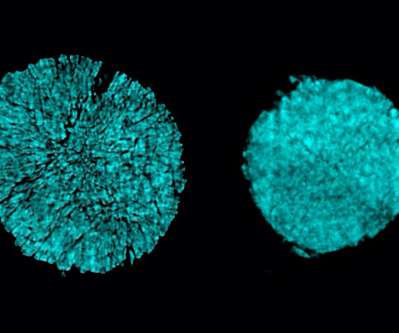
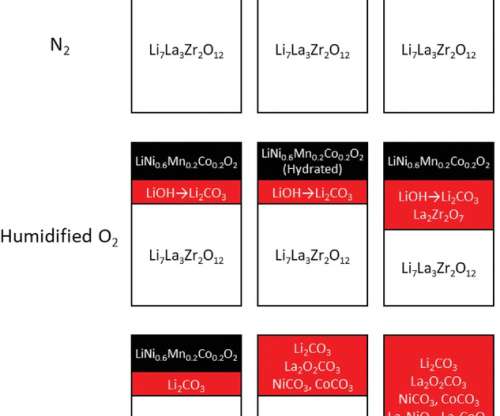















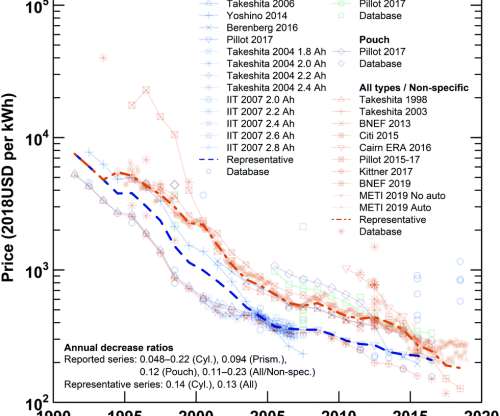







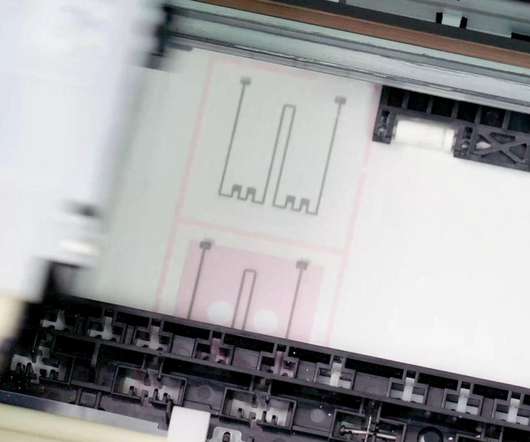

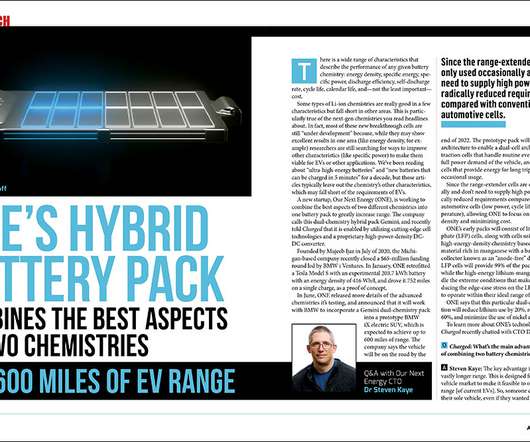







Let's personalize your content